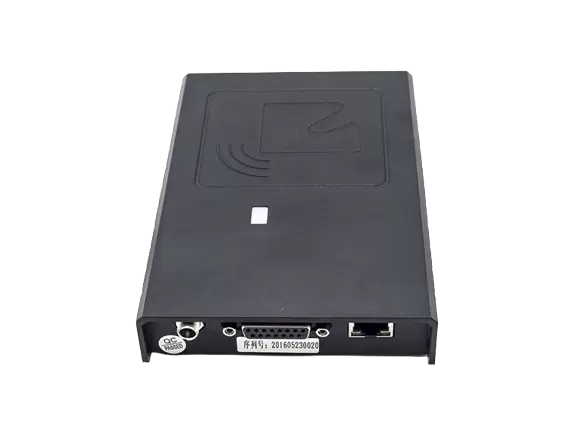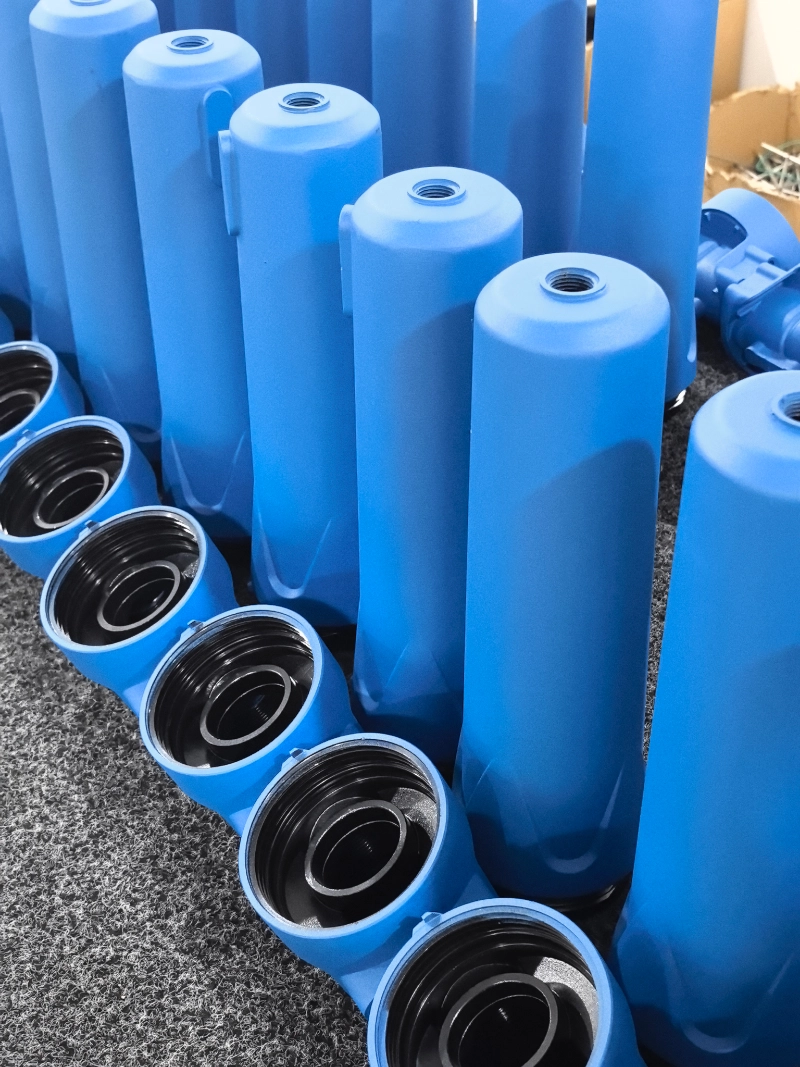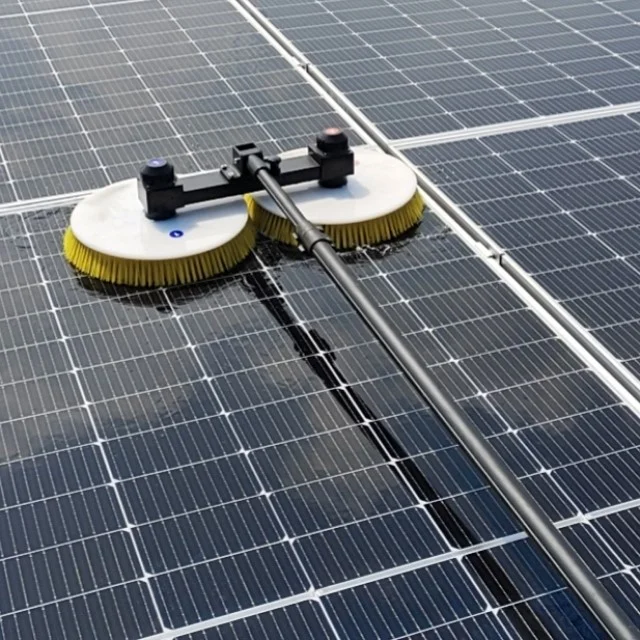Did you know that bifacial BIPV modules can increase energy output by up to 27% compared to traditional solar panels? These innovative modules are revolutionizing the renewable energy industry, offering increased efficiency and versatility. By harnessing light from both sides, they maximize energy production even in low-light conditions, making them a game-changer for sustainable power generation. With their sleek design and cutting-edge technology, bifacial BIPV modules are paving the way for a more efficient and eco-friendly future.
Electrical Performance of Bifacial BIPV Modules
How they Generate Electricity
Bifacial bipv modules have a unique design that allows them to generate electricity from both the front and back sides. This is achieved through the use of bifacial pv cells, which can capture sunlight on both surfaces, converting it into electrical energy. Unlike traditional monofacial pv modules that only utilize one side for energy production, bifacial modules maximize efficiency by harnessing sunlight from all angles. For instance, when installed on a rooftop, these modules can produce electricity not just from direct sunlight but also reflected light bouncing off surrounding surfaces.
Bifacial bipv module performance benefits significantly from factors influencing their electrical output. The albedo effect plays a crucial role as it determines how much light is reflected onto the rear side of the module. Proper installation orientation and tilt angle are essential considerations to optimize energy generation. By strategically placing these modules in locations with high reflectivity or incorporating reflective materials underneath them, their overall photovoltaic performance can be enhanced further.
Rear-Side Gain Factor Impact
Understanding the concept of rear-side gain factor is key to maximizing energy production with bifacial bipv modules. This factor represents how much additional power output can be achieved by capturing light on the rear side compared to just using the front surface alone. By leveraging this additional gain effectively, solar systems incorporating bifacial technology can significantly boost their overall energy yield without increasing their footprint or adding extra panels.
-
Benefits:
-
Enhanced efficiency due to dual-sided sun exposure
-
Increased flexibility in installation options
-
Considerations:
-
Proper site selection for optimal reflection
-
Maintenance requirements for keeping both sides clean
Charles Zeng
charles@fgnex.com




